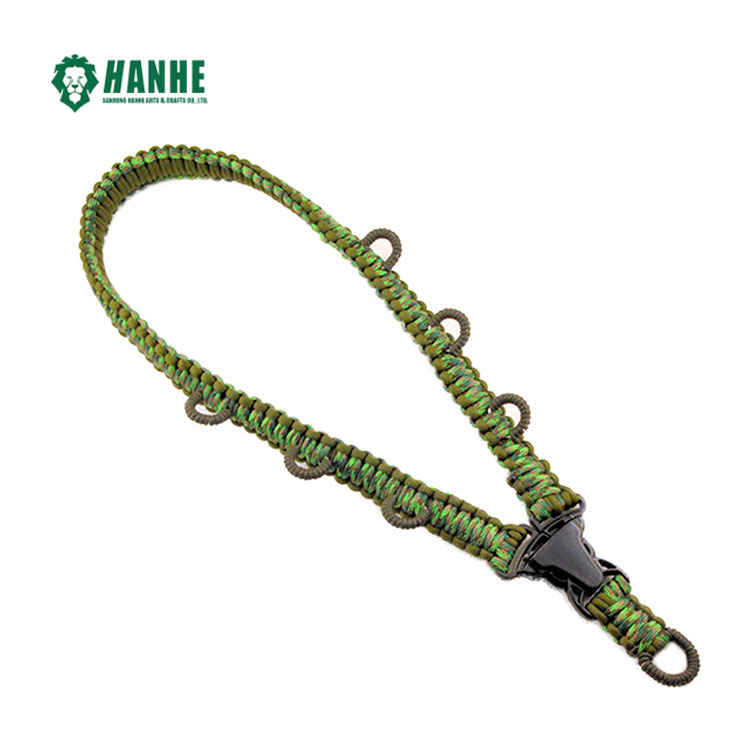Features and considerations for paracord duck and goose decoys
2024-01-24
Paracord duck and goose decoys refer to waterfowl decoys that are constructed using paracord—a strong and versatile nylon cord. These decoys are typically handmade or crafted by enthusiasts using paracord to create a realistic and functional decoy for hunting or outdoor recreational purposes. Here are some key features and considerations for paracord duck and goose decoys:
1. Paracord Construction:
- Material: Paracord is a type of nylon cord that is known for its strength and durability. It consists of several inner strands encased in a protective outer sheath.
- Weaving: The paracord is woven or knotted to form the body and features of the duck or goose decoy. Different weaving patterns and colors may be used to create realistic details.
2. Decoy Design:
- Realism: Crafters aim to create realistic representations of ducks or geese using paracord. This may include attention to details such as body shape, coloration, and features like wings and tails.
- Size: The size of the decoy can vary, and crafters may choose to create decoys of different sizes to mimic various species of ducks or geese.
3. Functional Decoys:
- Use in Hunting: Paracord duck and goose decoys are often used as functional hunting decoys. Hunters strategically place these decoys in water to attract real ducks or geese during hunting trips.
- Buoyancy: Crafters may incorporate materials or techniques to ensure that the paracord decoy remains buoyant in water.
4. Durability:
- Weather Resistance: Paracord is resistant to water and adverse weather conditions, making paracord decoys suitable for use in wet environments.
- Longevity: When properly crafted, paracord decoys can be durable and long-lasting, providing multiple uses over time.
5. Customization:
- Color Options: Paracord is available in various colors, allowing crafters to customize the appearance of the duck or goose decoy.
- Creativity: Enthusiasts may add personal touches or creative elements to their paracord decoy designs.
6. DIY Projects:
- Handmade: Paracord duck and goose decoys are often handmade by individuals who enjoy do-it-yourself (DIY) projects.
- Crafting Community: There is a community of crafters and outdoor enthusiasts who share ideas, patterns, and tutorials related to creating paracord decoys.
7. Educational and Recreational:
- Learning Experience: Crafting paracord duck and goose decoys can be an educational and recreational experience, allowing individuals to develop skills in knotting and weaving.
- Outdoor Enjoyment: These decoys contribute to the enjoyment of outdoor activities such as hunting or wildlife observation.
It's important to note that the construction and use of duck and goose decoys are subject to local hunting regulations. Hunters should be aware of and adhere to applicable laws and guidelines when using decoys for hunting purposes. Additionally, the crafting and use of paracord decoys offer a creative outlet for individuals interested in both outdoor pursuits and DIY projects.



